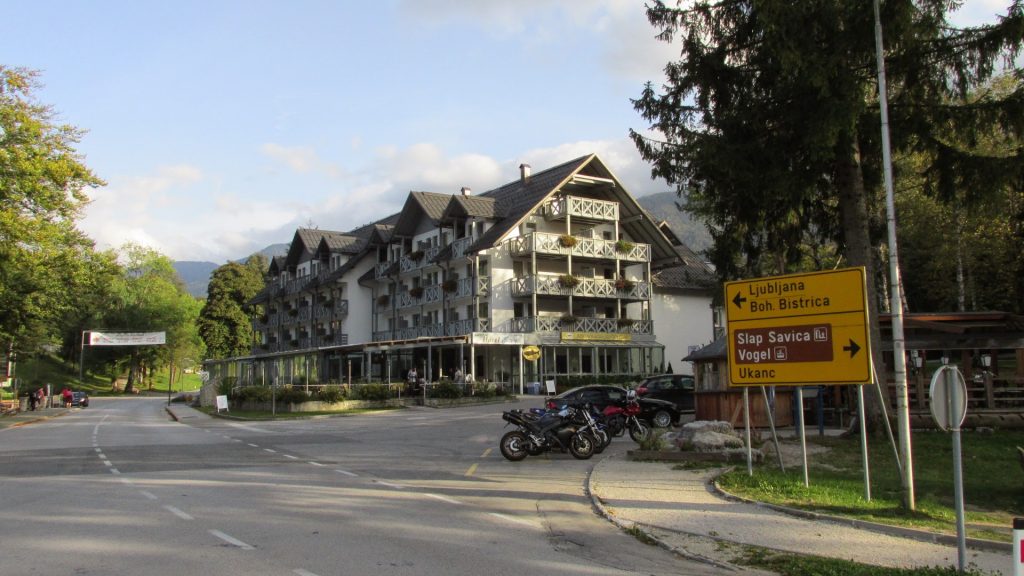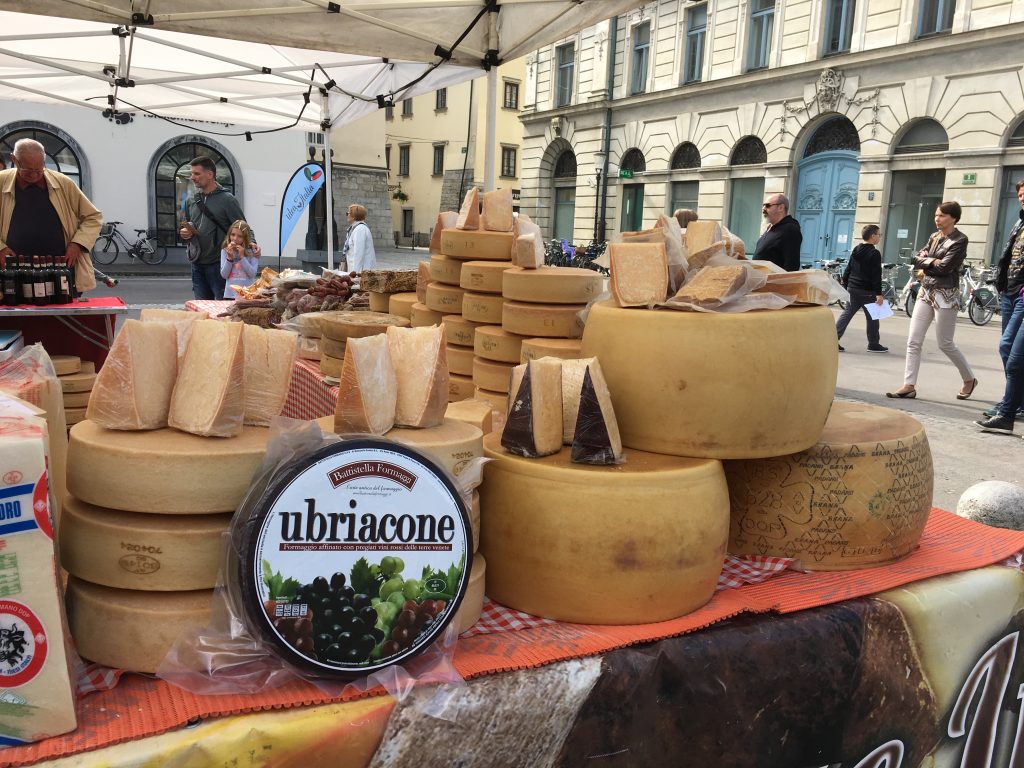Falling For Kyoto
I had heard positive reports about Kyoto in the heart of Japan but never in my wildest dreams did I expect to fall for this city like I did.
From the nature, the gardens, the scenery and the snow monkeys of Arashiyama, to the history, beauty and charm of the Gion quarter, Kyoto was a delight.
Add the hilarious moments trying to get the briefest glimpse of a Geisha and my brief stay in Kyoto was undoubtedly one of the highlights of a sensational three weeks in Japan.
If I had to choose one place that I would return to in the blink of an eye it would be here – I loved Kyoto – here are some of the reasons why!
Kyoto
Kyoto was the capital of Japan until 1868 and is one of Japan’s signature cities with a population of over 1.5 million people.
Over the centuries despite wars and fires, not to mention the threat of atomic destruction in World War II, the city has been able to preserve so many temples, buildings and shrines making it a true place of worldwide significance.
In direct contrast to the historic city that we were pulling into, we arrived aboard the modern and state-of-the-art Shinkansen bullet train- an experience to excite and savour forever despite the occasional flying beer caused by the driver taking a bend at 200 mph.
We were based out in the suburbs of the city at the Ana Crowne Plaza which conveniently offered a free shuttle from the railway station. The hotel, in a quiet leafy area of town, was a great base from which to walk, explore and access the bus routes that either take you into town or to some of the best attractions.
From here we could explore!

Gion District
The Gion district of Kyoto is one of the most famous areas of Japan and is located around Shijo Avenue between Yasaka Shrine in the east and the Kamo River in the west.
It is full of shops, restaurants and ochaya (teahouses), where geisha entertains.
Now seeing a real Geisha in Kyoto is a highlight that is never guaranteed and when it happens it tends to be for just a fleeting moment. I was given a tip to hang around the end of Shijo Avenue at about 6 pm. These mysterious Geisha whose numbers are dwindling often arrive in taxis for engagements around that time but you need to be quick as well as respectful to take a photo.
After many false dawns finally, a beautiful kimono-clad Geisha arrived looking immaculate yet scurrying as if she was in a hurry. Scrambling for my camera and with time of the essence it failed to go off and before you knew it she was gone. About to give up I headed off only to hear that another, like London buses, was on her way This time I got my shot as she prepared for her engagement that evening. What a wonderful experience and fun too!
It’s not just the Geisha’s that make Kyoto’s bustling centre magical. The traditional wooden Machiya merchant houses that line the streets are so beautiful. There is plenty of high-quality shopping for those in need of some retail therapy. Down by the river as the sun sets friends and many lovestruck youngsters sit and chat on the banks. Meanwhile, herons swoop down and prey on the fish in the river in front of ancient buildings and bridges.
This place is pure gold!

Nishiki Market
Located in the downtown district of Kyoto, and just off the stylish Shijo Street, you will find the busy and thriving Nishiki market.
Dating back to the 17th century this daytime market is home to over 100 stalls and shops lining the 400 metre-long covered street. Stalls sell all manner of foods and goods from fresh food to knives and kitchen utensils.
The market is generally open from around 10 am to 6 pm and is a wonderful place to observe local people going about their business.

Fushimi Inari Shrine
Founded in 711 the Fushimi Inari Shrine is Japan’s most iconic Shinto shrine and a World Heritage Site. The shrine is perhaps most famous for the tunnels that wind around the hill of Mount Inari all of which are lined with thousands of closely spaced orange torii gates.
Around the shrine are many statues of small foxes who are considered the messenger of Inari who is worshipped as the protector of rice and grain which in ancient times meant wealth.
The street approaching the main entrance of Fushimi Inari is full of stalls selling snacks, fortune cookies, painted handmade dolls and good luck charms.
The luck was to be here in the first place!!
Arashiyama
A short 20-minute bus journey Northwest from Kyoto took us to Arashiyama.
Visitors come to this area in all seasons to witness the changing colours of the beautiful gardens but also for the temples and shrines that you can admire as you walk through the magnificent bamboo grove.
Pretty little stalls and food outlets provide the opportunity to stop and relax before continuing across the river. En route you are likely to observe traditional rickshaws, artists painting, kids playing and locals in national costume attending special occasions.
Once across the river and if you are fit, climb the steep mountainside to an area where you can view the wild snow monkeys which come down from the mountainside at various intervals in the day to take food from the park wardens. Be careful not to try to touch them or make eye contact as they are wild. It was such a treat and allowed me to take some fabulous photos like the one here – such amazing animals and very mischievous!


Nijo Castle
Built in 1603, Nijo Castle, a UNESCO World Heritage site was the residence of Tokugawa Leyasu, the first shogun of the Edo Period. In the late 19th century the castle was used as an imperial palace before being donated to the city and opened up to the public as a historic site.
Visitors enter through the east gate and from there you can arrange English-speaking guides who will take you through to the key areas of significance including the Ninomaru Palace.
Kyoto Imperial Palace
The Kyoto Imperial Palace is located in the lovely Kyoto Imperial Park which also features another popular attraction the Sento Imperial Palace.
The Imperial Palace had to be reconstructed in 1855 after it had burnt down. Today it consists of long walls and several gates, halls and gardens. Guided tours take visitors around the palace buildings and grounds however you cannot go inside the buildings – just marvel from afar!
Pontocho
This narrow lane runs from Shijo-dori to Sanjo-dori and is known for being one of the very best streets for dining in terms of quality of cuisine and atmosphere.
There is a wide choice of restaurants available from inexpensive yakitori to traditional and modern Kyoto cuisine, foreign alternatives and then some high-end eye-watering expensive establishments.
Kyoto Railway Museum
The Kyoto Railway Museum has over 50 trains on display, spanning over 130 years of train history. Attractions include “Yoshitsune”, the very first steam locomotive imported from the USA as well as steam engines, diesel, diesel-hydraulic and electric models.
Many of the exhibits are interactive and there are simulators where you can even get to “drive” the incredible Shinkansen bullet trains the type of which brought me to Kyoto. There is also a small track where you can jump on board a steam model train and the lovely Kyoto Railway Museum Terrace View where you see across the city skyline.
The museum is a great place for adults or children with plenty of attractions for both.
Arigato Kyoto
In short, Kyoto is the real Japan experience. Beautiful people, stunning history, great shopping, nature and then there was the mystery and intrigue of spotting the Geisha.
I never believed that experience would excite me in the way that it did but witnessing this piece of history was one of the moments of my Asian adventure.

Top 10 Things to See & Do In Kyoto
- Kinkaku-ji (Golden Pavilion): Marvel at this stunning Zen Buddhist temple covered in gold leaf, set amidst beautiful gardens.
- Fushimi Inari Taisha: Explore the iconic shrine famous for its thousands of vermillion torii gates winding through wooded hills.
- Kiyomizu-dera: Visit this historic temple, known for its wooden stage overlooking cherry and maple trees, offering breathtaking views.
- Arashiyama Bamboo Grove: Wander through the serene bamboo forest, a surreal natural wonder just outside the city.
- Gion District: Experience traditional Kyoto in this historic geisha district, renowned for its preserved wooden Machiya houses.
- Nijo Castle: Discover the ornate architecture and beautiful gardens of this UNESCO World Heritage site, once the residence of the Tokugawa shoguns.
- Philosopher’s Path: Take a peaceful stroll along this scenic canal-lined path, bordered by cherry trees and temples.
- Kinkaku-ji (Silver Pavilion): Admire the tranquil beauty of this temple surrounded by moss gardens and a reflective pond.
- Kyoto Imperial Palace: Step back in time as you explore the former residence of Japan’s Imperial family, set in expansive park grounds.
- Ginkaku-ji (Silver Pavilion): Enjoy the serene atmosphere of this temple, known for its minimalist architecture and stunning sand garden.
Pre-bookable Excursions
If you are planning a trip to Kyoto and want to pre-book some excursions here are three of the very best.
Contact Information
For further information on taking a trip to any part of Japan either contact your local travel agent, a specialist tour operator or the Japan Tourist Office.
Check out my Japan Blogs for Tokyo, Kyoto, Osaka, Kobe, Hiroshima, Yokohama, Fukuoka and Fujikawaguchiko.


































